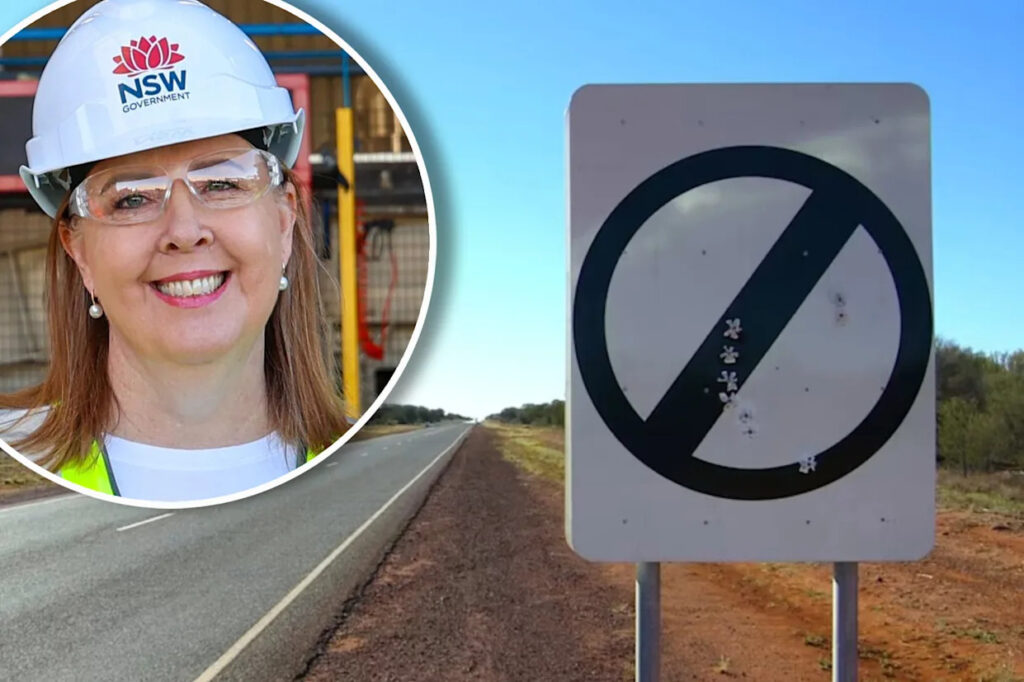
The proposal to lower speed limits on rural roads in Australia has faced significant opposition, particularly from officials in New South Wales (NSW). Jenny Aitchison, the state’s Regional Transport and Roads Minister, announced this week that the NSW Labor government will not support the federal government’s controversial plan to reduce the default speed limit from 100 km/h to between 90 km/h and 70 km/h on non-signposted rural roads. This decision comes after the release of the National Road Safety Action Plan in September, which aimed to address increasing road fatalities.
During a session in the NSW Parliament, Aitchison emphasized that there are no plans to recommend speed restrictions in the state. “Let me be very clear, the government does not support blanket speed zone reviews across NSW,” she stated. Following her parliamentary remarks, she reiterated her stance on social media, asserting that the NSW Government would not implement widespread reductions in speed zones across regional areas.
This announcement coincides with the observance of the World Day of Remembrance for Road Traffic Victims, during which the state reflects on the 313 lives lost on its roads this year—a 20 percent increase compared to the previous year. The event serves as a poignant reminder of the impact of road trauma on families and communities, prompting calls for safer driving practices.
The rising national road death toll has sparked a heated debate among Australian political factions, with both sides blaming each other for the state of rural infrastructure. Aitchison criticized the opposition, particularly the Nationals, for using “scare” tactics. She pointed out that prominent figures within the Nationals had called for similar speed limit changes in the past, suggesting a lack of genuine concern for road safety.
In response to the proposed changes, Xavier Martin, president of NSW Farmers, urged for a more logical approach to road safety. He stated, “Band-aid solutions won’t fix the problem of crumbling roads and bridges.” Martin emphasized the need to address the underlying issues causing road trauma, noting that the existing speed limits have been in place for decades and that the real problem lies in the deteriorating condition of the roads themselves.
Contrastingly, Melissa Price, the Member of Parliament for Durack in Western Australia, echoed Martin’s sentiments, advocating for a shift in focus towards the maintenance and upgrade of existing road infrastructure. She criticized the government for prioritizing speed limit reductions over essential repairs, stating, “Instead of funding repairs, they’re slowing us down, hurting jobs, freight and families across the region.”
Despite the backlash from state officials, the federal government stands firm on its proposal. It argues that while rural road conditions can be challenging, maintaining the current default speed limit of 100 km/h may not always be safe. Safety experts have highlighted that Australia’s speed limits are among the highest globally. Research indicates that higher speed limits correlate with increased crash severity and higher fatality rates.
Advocates for the speed limit reduction, such as Peter Frazer, president of Safer Australian Roads and Highways, support the government’s stance. Frazer argues that reducing the speed limit is a necessary step to enhance safety, stating, “When we have dangerous roads, absolutely we should be talking about speed reduction so we can get people home safe.”
The debate over speed limits is part of a broader conversation about road safety in Australia. As of 2023, the country has approximately 860,000 kilometres of unsealed roads, making up about 66 percent of the national road network. The country has also seen a 10 percent increase in road fatalities per 100,000 people from 2020 to 2024, with 1,294 deaths recorded last year.
As discussions continue, the deadline for public submissions on the proposed speed limit changes closed on November 10, 2023. The outcome of this debate will likely shape future road safety policies across Australia.







